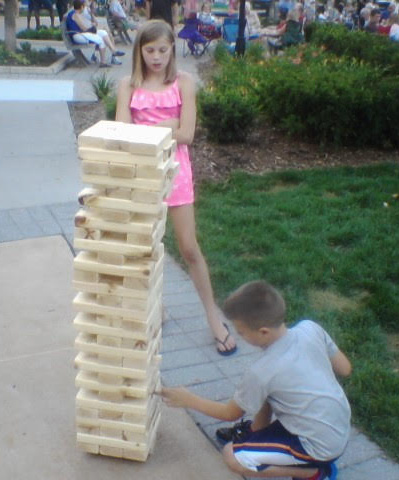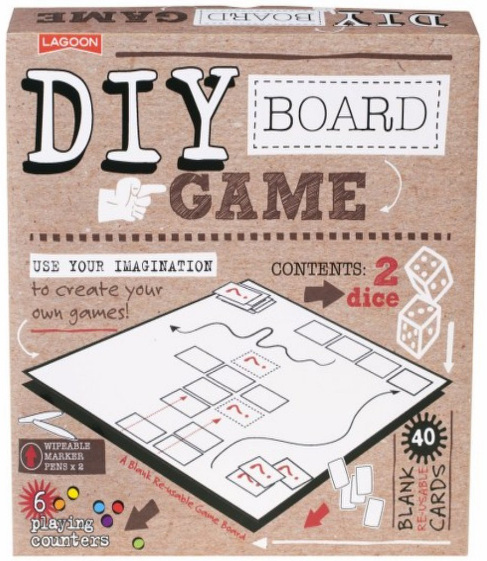Hello teachers! With a New Year come new opportunities. Do you make New Year’s Resolutions? Even if you don’t, the turn of the calendar is a great time for professional educators to think about tools that they could use to enhance their student’s classroom experiences. Let’s start second semester off with a positive and engaging tone!
A critical focus of Spielbound for 2016 is to continue to support teachers in finding ways to use play, games, and strategic thinking in their classrooms. As a teacher myself, I’ll be the first to admit that it can be a challenge. But it is a surmountable challenge when you have Spielbound and other great teachers backing us up.
I often find myself considering enhancements to my classroom and hesitating. When that happens, I challenge myself to identify the barriers to my thinking that are stopping me from accomplishing what I originally had in mind. If you are considering “gamifying” parts of your student’s classroom experiences, but you are a little hesitant as to how to go about doing that, the first question may be to ask where you see the roadblocks. This is a healthy exercise. Teachers usually hesitate because they have high expectations for themselves and want to do the absolute best to bring their students great experiences.
There are some key roadblocks that I’ve experienced myself and have seen in other teachers in my time working closely with teachers. Let’s start with Imposter Syndrome: a psychological concept that some of the most accomplished people with a track record of success can develop. Professionals can find themselves questioning their own efficacy when faced with tough challenges. My first message to educators is always that you do not have to be a game designer by trade to do a great job enhancing curricula with games.
 Giant Jenga!
Giant Jenga!
I’ve already seen it this year! Just within the last month I’ve touched base with two area teachers working on using games. One teacher used a basic colored path concept, in combination with question cards, to design an ethics-based game for her church school. Another used Jenga™ as a base to challenge students to review for their final exam while competing in teams. Neither of these teachers are game design experts, but they know their students and were willing to learn! I was in no way surprised at the simple, yet critical, twists that they brought to classic play concepts to make for more engaging experiences for their students!
A second barrier is always time. In the examples above, the teachers took an existing game and modified it slightly to make it directly relevant to their learning objectives. You do not have to design a game from scratch to make a difference and bring play to your learning environment! I imagine three tiers of time commitment: 1) using existing games, 2) modifying games and 3) designing games. And depending upon your content and skill objectives, the students could be doing the second and third tier themselves. Talk about a great challenge for differentiation! In my own school District, a math teacher asks her applied mathematics students to design games to measure what they’ve learned about number sense and statistics. There are many possibilities for engaging students in strategic thinking. Regarding materials, there are many raw resources such as blank game boards and blank game cards that can be purchased for reasonable prices online. Small starts can lead to big learning gains and there are ways to bring games to learning environments on strict time budgets.
Along those lines, Spielbound is here to help. We have a humongous library of over 1700 games that are free for educators to check out! The first step is to sign up for an online account at Spielbound.com so we can set you up to check out games through our database. Need more than one copy? We can help you get discounted prices on multiple copies of games for your classroom. Need ideas? Stop by the Library and talk to one of our friendly and enthusiastic staff or email [email protected]! You are not in this alone. You are not an “imposter.” You can do it and we are here to help.
The last barrier for many educators is standards alignment. We are accountable for making sure that students meet content and skill expectations to help prepare them for their roles as future citizens. Most games are built around strategic thinking that is universal to all content areas. If there are specific content standards that a teacher is targeting, we can find games that either match that alignment or can be modified to target specific ideas. The teacher knows best and we can craft content around an existing game framework. You know your content. You know your standards. You know your students. We’ll put your expertise to bear on meeting your objectives. The game changes to meet your needs, not the other way around!
So let’s get gamifying parts of your curriculum! If you see a professional News Years Resolution here that you’d like to pursue, help is available. Contact us and Spielbound will help in any way we can!


Comments
Math
Do you have any good games to teach math to high school students?